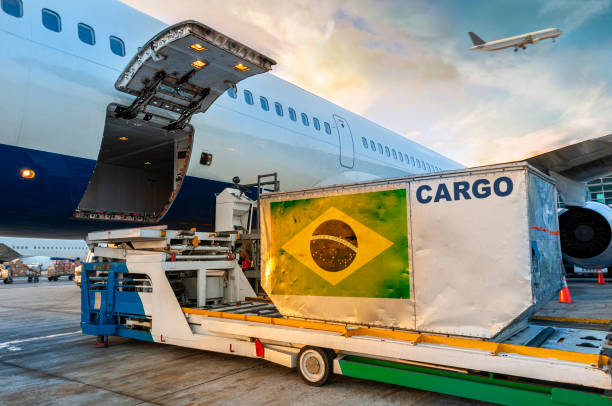International trade offers exciting opportunities for companies and individuals looking to diversify their products, find unique merchandise, and expand their horizons. Importing products to Brazil, one of South America’s growing markets, can be a strategic step toward business success. In this comprehensive guide, we will explore the import process and provide valuable tips so you can start your import operations with confidence.
Why Import to Brazil?
Brazil is an attractive market for imports due to its size, diverse consumers, and demand for a wide range of products. In addition, the country has a robust economy and is a major trading partner for many nations.
Step 1: Planning
Identify Needs: Determine which products you want to import and set clear goals.
Research Reliable Suppliers: Investigate and choose reliable international suppliers, verifying their reputation and delivery history.
Budget: Calculate all costs involved, including product prices, shipping, customs fees, and taxes.
Legislation and Regulations: Familiarize yourself with Brazilian import laws and customs regulations.
Step 2: Essential Documentation
Commercial Invoice: A detailed documentation of the goods, including descriptions, prices, and quantities.
Bill of Lading: The document that describes the goods, transportation details, and delivery terms.
Certificates and Licenses: Check whether certificates of conformity or specific licenses are required for the products you are importing.
Step 3: Customs Clearance
Submission of Documents: Prepare and submit all necessary documents to Brazilian customs.
Customs Valuation: Customs will assess the tariff classification, calculate taxes, and verify compliance.
Inspection (if required): Goods may be subject to physical inspection to verify compliance with regulations.
Payment of Taxes and Duties: After customs assessment, taxes and duties are paid.
Customs Clearance: After payment, the goods are released and can be picked up or delivered.
Step 4: Transportation and Logistics
Selection of Mode of Transport: Choose the method of transport that best meets your needs, whether it is sea, air, road, or rail transport.
Hire Reliable Carriers: Choose reputable carriers with experience in international transport.
Cargo Tracking: Track the status of your goods during transport.
Step 5: Receiving the Goods
Quality Check: Verify that the goods comply with the order and are in good condition.
Storage: Store the goods in accordance with safety and temperature standards, if necessary.
Distribution: Plan the distribution according to the demands of the Brazilian market.
Conclusion
Importing products to Brazil can be a significant step in expanding your business and accessing a growing market. Remember that compliance with customs regulations is essential. Hiring an experienced customs broker can simplify the process and ensure that your imports are successful.
Now that you have a comprehensive guide on how to import products to Brazil, you are ready to begin your journey into the world of international trade. With careful planning, accurate documentation, and legal compliance, your import operations can become a lucrative source and a growth opportunity for your business. Do not hesitate to seek guidance from foreign trade experts to ensure the success of your import operations in Brazil.

